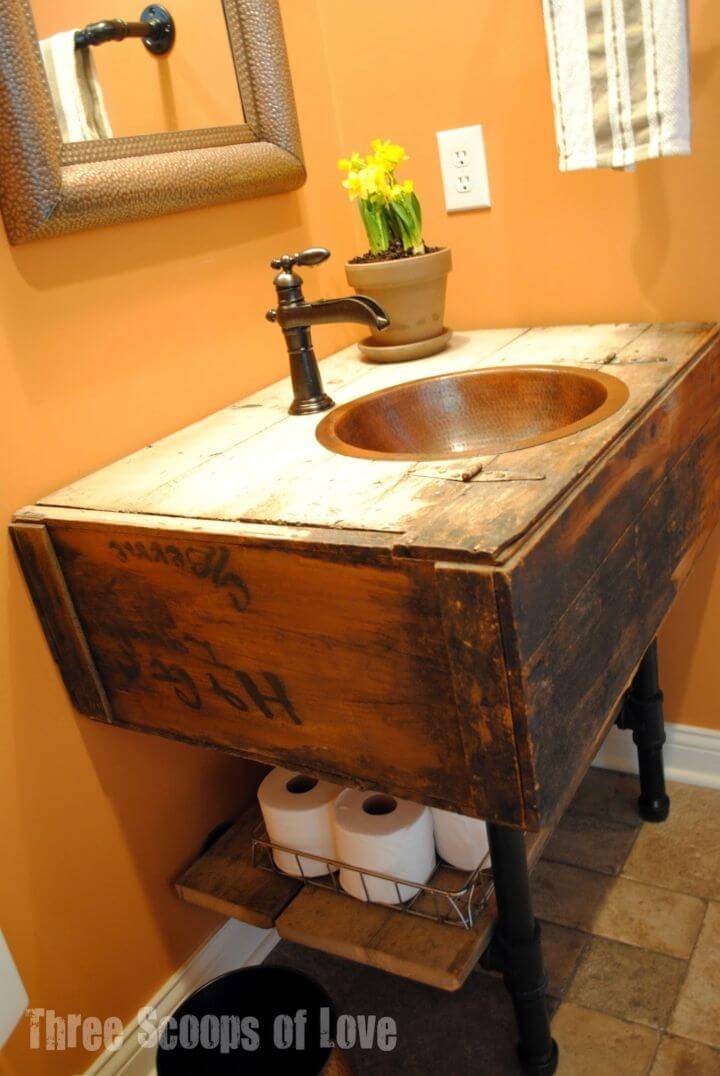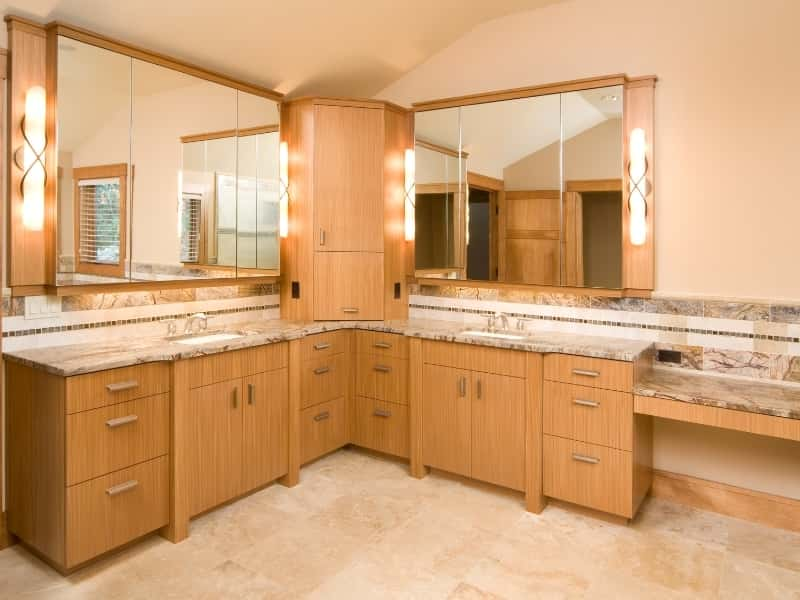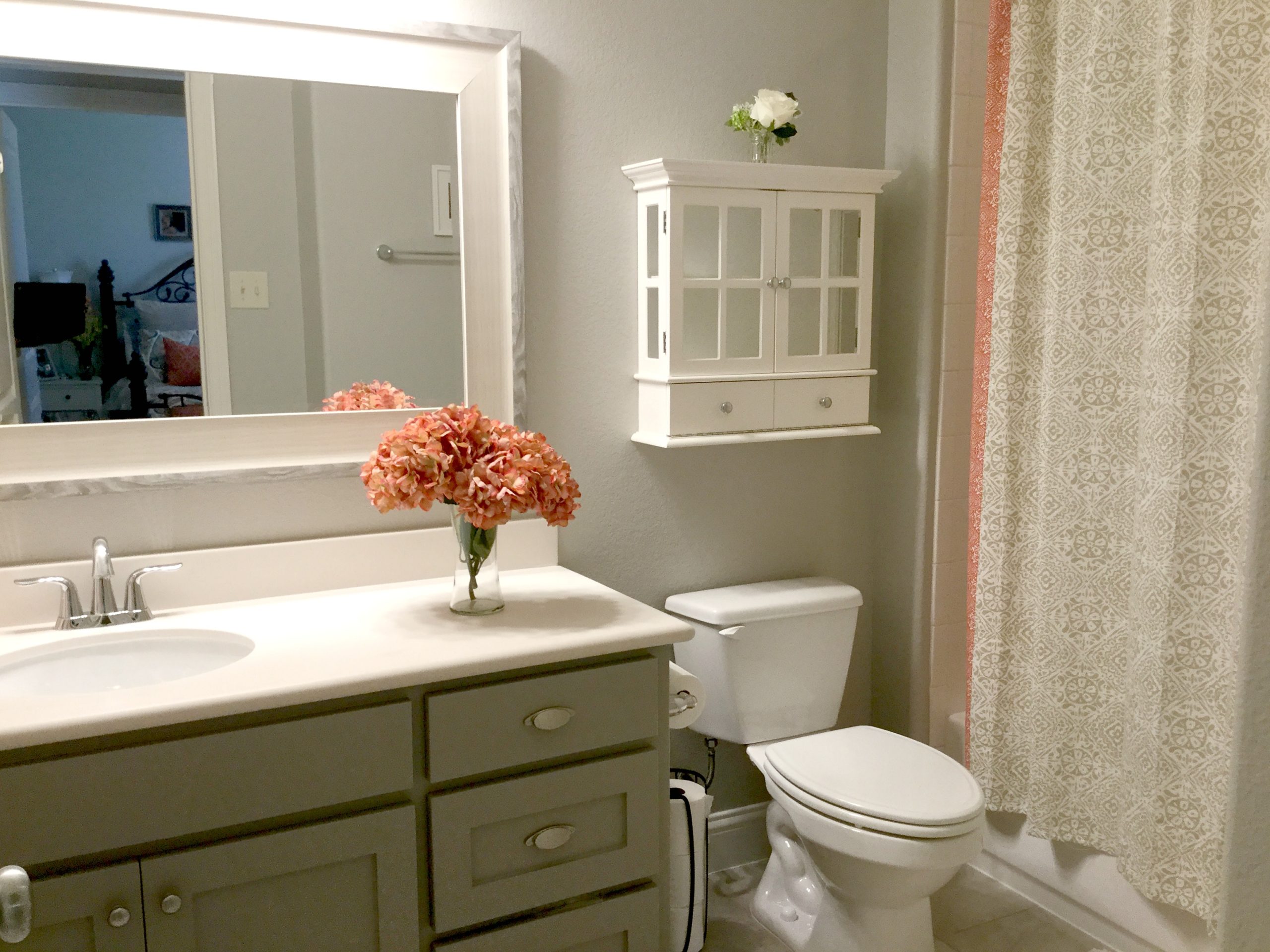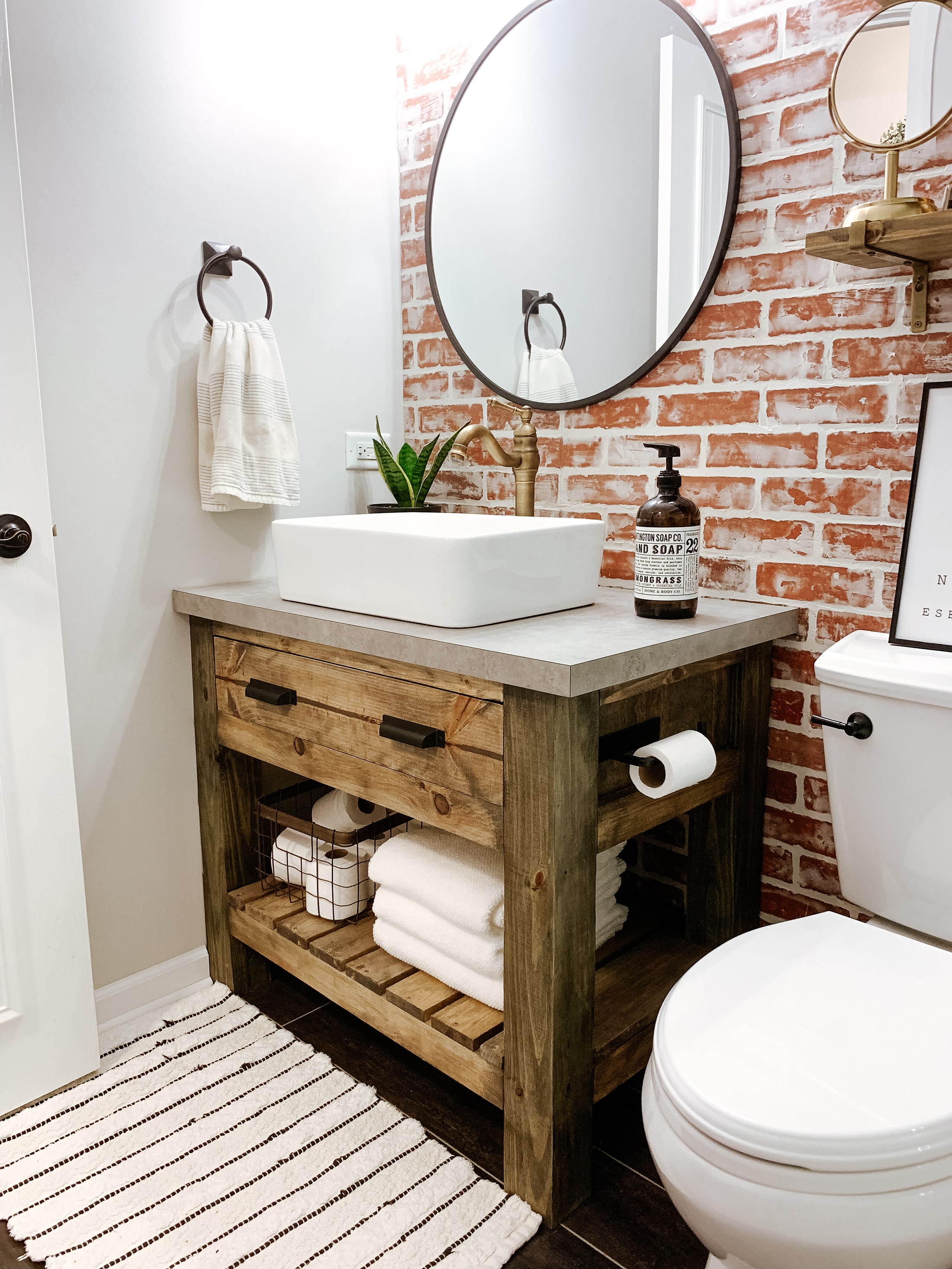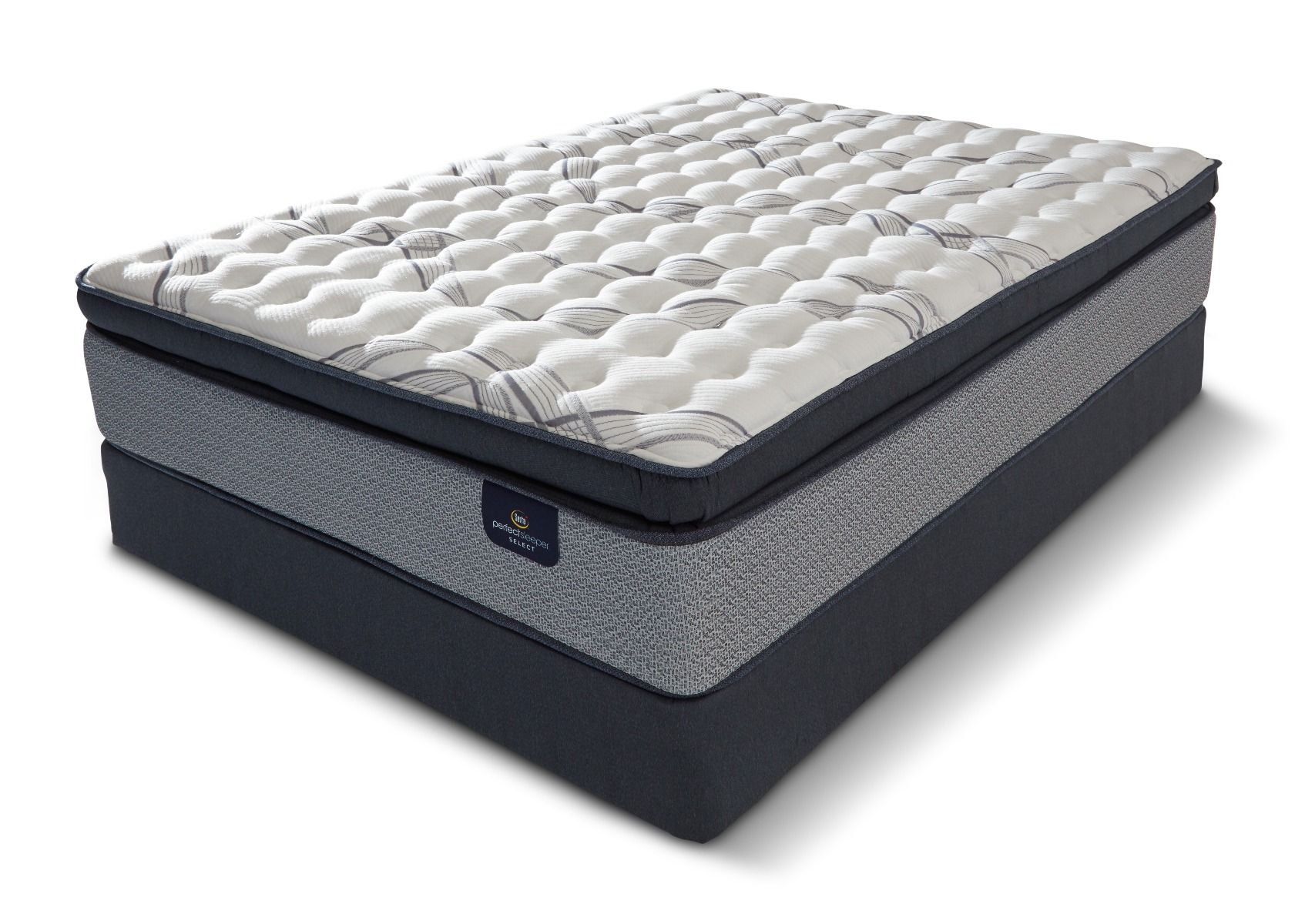If you're looking to update your bathroom, installing a new vanity is a great way to give it a fresh, new look. And the best part? You can do it yourself! With the right tools and some basic knowledge, you can easily install a new bathroom vanity in just a few hours. In this DIY bathroom vanity installation guide, we'll take you through the step-by-step process and provide some helpful tips and tricks along the way.DIY Bathroom Vanity Installation Guide
Before you get started, it's important to gather all the necessary materials and tools. You'll need a new vanity, plumbing supplies, a drill, screwdriver, level, and caulk. It's also a good idea to have someone help you with the installation, as some steps may be easier with an extra set of hands.How to Install a Bathroom Vanity Yourself
Step 1: Remove the old vanity. Start by turning off the water supply and disconnecting the plumbing. Then, remove the countertop and unscrew the vanity from the wall. Carefully remove the vanity and set it aside. Step 2: Prepare the area. Use a stud finder to locate the studs in the wall and mark them with a pencil. This will help you know where to attach the new vanity. Step 3: Install the faucet and drain. If you're using a new faucet and drain, now is the time to install them. Follow the manufacturer's instructions for proper installation. Step 4: Assemble the new vanity. Follow the instructions provided with your new vanity to assemble it. Make sure all the pieces are secure and in the correct position. Step 5: Attach the vanity to the wall. Use a level to make sure the vanity is straight and then use a drill to attach it to the marked studs in the wall. This will ensure that your vanity is sturdy and secure. Step 6: Connect the plumbing. Use the instructions provided with your new vanity to connect the plumbing. You may need to make some adjustments to ensure that the pipes line up properly. Step 7: Install the countertop. Carefully place the countertop on the vanity and secure it in place using the provided hardware. Step 8: Caulk the edges. Use a caulk gun to apply a bead of caulk around the edges of the countertop where it meets the wall. This will help create a waterproof seal.Step-by-Step DIY Bathroom Vanity Installation
- Measure twice, cut once. It's always better to double-check your measurements before making any cuts to ensure everything fits properly. - Use a level. A level is your best friend when it comes to installing a vanity. It will help ensure that everything is straight and level, which is essential for a professional-looking installation. - Don't overtighten screws. When attaching the vanity to the wall, make sure not to overtighten the screws as it may cause damage to the wall or the vanity. - Consider the height. The standard height for a bathroom vanity is 32 inches, but you can adjust it to your preference. Just make sure to take into account the height of the sink and any countertop materials.DIY Bathroom Vanity Installation Tips and Tricks
If you're a beginner at DIY projects, don't worry – installing a bathroom vanity is easier than you may think. With the right tools and instructions, you'll have a beautiful new vanity in no time. Just take your time and follow the steps carefully.Easy DIY Bathroom Vanity Installation Tutorial
As mentioned, installing a bathroom vanity is a great project for beginners. It doesn't require any specialized skills, and the steps are relatively straightforward. Plus, doing it yourself can save you a significant amount of money compared to hiring a professional.DIY Bathroom Vanity Installation for Beginners
Another benefit of DIY bathroom vanity installation is that it can be budget-friendly. By doing the work yourself, you can save on labor costs and choose a more affordable vanity option. Plus, you can take your time and shop around for the best deals on materials.Budget-Friendly DIY Bathroom Vanity Installation
Before starting your DIY bathroom vanity installation, it's essential to do your research and understand what you're getting into. Make sure to read the instructions provided with your vanity and familiarize yourself with the process. It's also a good idea to watch some tutorial videos online to get a better idea of what to expect.DIY Bathroom Vanity Installation: What You Need to Know
While installing a bathroom vanity may seem simple, there are some common mistakes that people make. These include not measuring correctly, not using a level, and not properly securing the vanity to the wall. Avoid these mistakes by taking your time and following the steps carefully.DIY Bathroom Vanity Installation: Common Mistakes to Avoid
Pros: - Save money by doing it yourself. - Customizable to your preferences. - Can be completed in just a few hours. Cons: - Requires some basic knowledge and tools. - May not be suitable for complex plumbing installations. - Can be time-consuming for beginners. Overall, DIY bathroom vanity installation is a great way to give your bathroom a fresh new look without breaking the bank. With some basic skills and the right tools, you can easily install a new vanity and enjoy a beautiful and functional bathroom space. Happy renovating!DIY Bathroom Vanity Installation: Pros and Cons
Why Choose a DIY Bathroom Vanity Install?

Efficiency and Cost-Saving Benefits
 If you're looking to update your bathroom on a budget, a DIY bathroom vanity install is a great option. Not only is it cost-effective, but it also allows you to have complete control over the design and materials used. By doing the installation yourself, you can save on labor costs and use that money towards purchasing higher quality materials for your vanity.
If you're looking to update your bathroom on a budget, a DIY bathroom vanity install is a great option. Not only is it cost-effective, but it also allows you to have complete control over the design and materials used. By doing the installation yourself, you can save on labor costs and use that money towards purchasing higher quality materials for your vanity.
Personalized Design
 One of the main benefits of a DIY bathroom vanity install is the ability to personalize the design to your specific taste and needs. With a wide range of styles and materials to choose from, you can create a unique and custom-made vanity that fits perfectly in your bathroom. Plus, you can also add personal touches like decorative hardware or a pop of color to make it truly one-of-a-kind.
One of the main benefits of a DIY bathroom vanity install is the ability to personalize the design to your specific taste and needs. With a wide range of styles and materials to choose from, you can create a unique and custom-made vanity that fits perfectly in your bathroom. Plus, you can also add personal touches like decorative hardware or a pop of color to make it truly one-of-a-kind.
Greater Flexibility
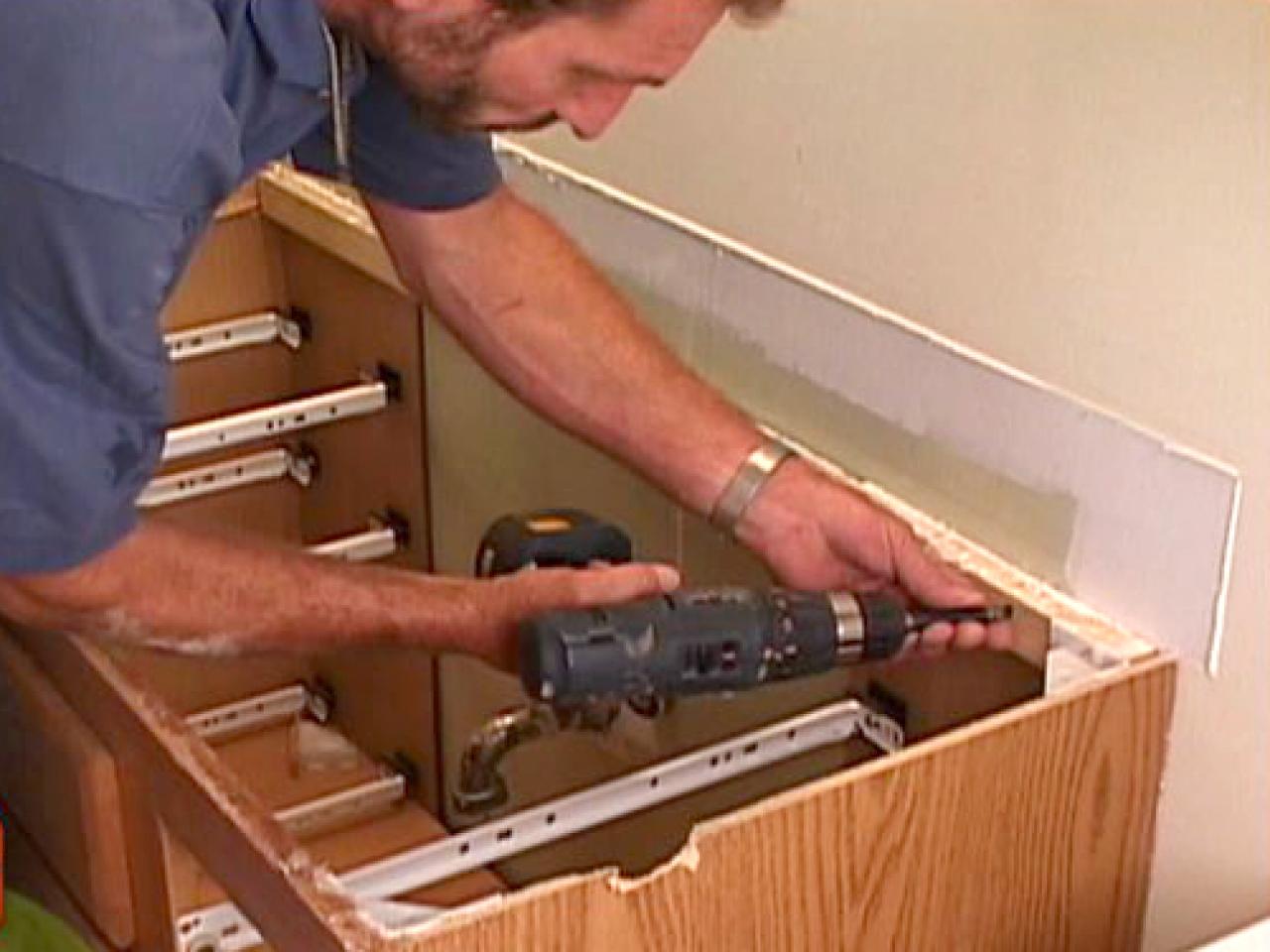 Another advantage of DIY bathroom vanity install is the flexibility it offers. You can choose the size, shape, and layout of your vanity to fit the specific dimensions of your bathroom. This is especially helpful if you have a small or oddly shaped space. Plus, if you decide to change the layout of your bathroom in the future, you can easily modify or replace your DIY vanity without having to hire professionals.
Another advantage of DIY bathroom vanity install is the flexibility it offers. You can choose the size, shape, and layout of your vanity to fit the specific dimensions of your bathroom. This is especially helpful if you have a small or oddly shaped space. Plus, if you decide to change the layout of your bathroom in the future, you can easily modify or replace your DIY vanity without having to hire professionals.
Personal Satisfaction
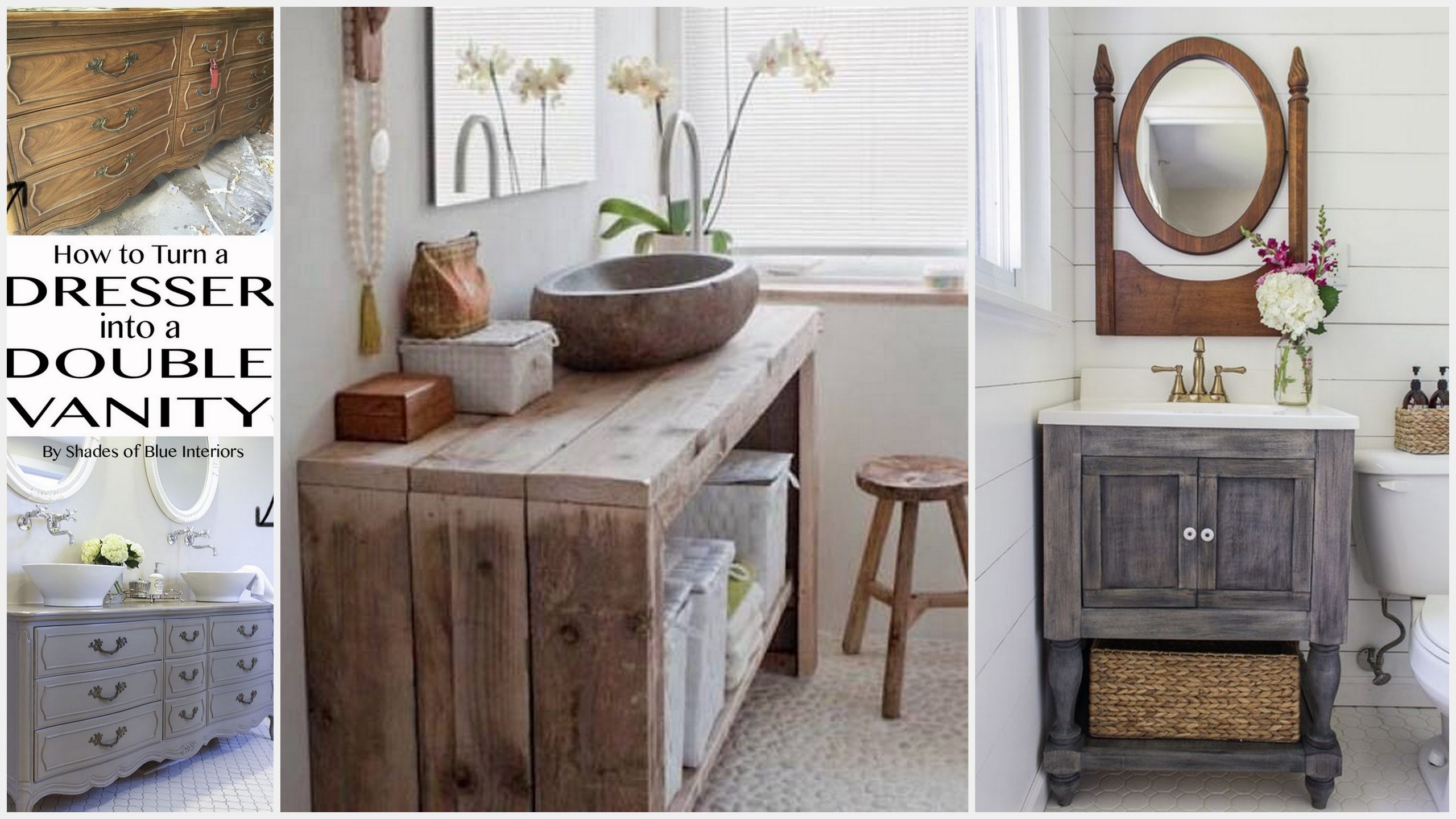 There's a great sense of satisfaction that comes with completing a DIY project, especially one as significant as a bathroom vanity install. Not only will you feel proud of your accomplishment, but you'll also have a sense of ownership and connection to your vanity every time you use it. This personal satisfaction is something that cannot be achieved with a store-bought or professionally installed vanity.
There's a great sense of satisfaction that comes with completing a DIY project, especially one as significant as a bathroom vanity install. Not only will you feel proud of your accomplishment, but you'll also have a sense of ownership and connection to your vanity every time you use it. This personal satisfaction is something that cannot be achieved with a store-bought or professionally installed vanity.
Conclusion
:max_bytes(150000):strip_icc()/build-something-diy-vanity-594402125f9b58d58ae21158.jpg) In conclusion, a DIY bathroom vanity install offers many benefits, including cost-saving, personalized design, flexibility, and personal satisfaction. With the right tools, materials, and a bit of patience, you can create a beautiful and functional vanity that will enhance the overall design of your bathroom. So why not give it a try and see for yourself the amazing results you can achieve with a DIY project?
In conclusion, a DIY bathroom vanity install offers many benefits, including cost-saving, personalized design, flexibility, and personal satisfaction. With the right tools, materials, and a bit of patience, you can create a beautiful and functional vanity that will enhance the overall design of your bathroom. So why not give it a try and see for yourself the amazing results you can achieve with a DIY project?


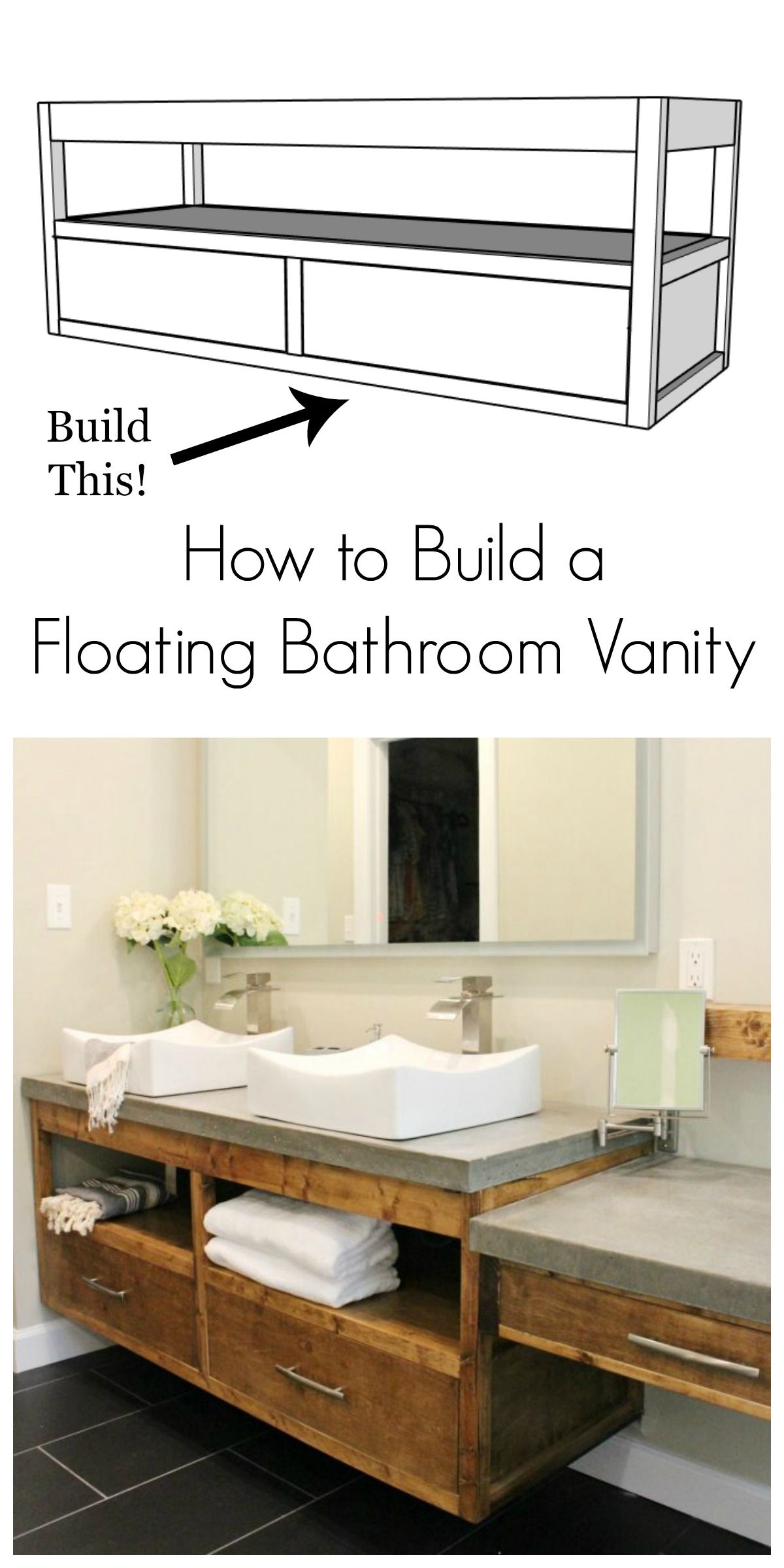
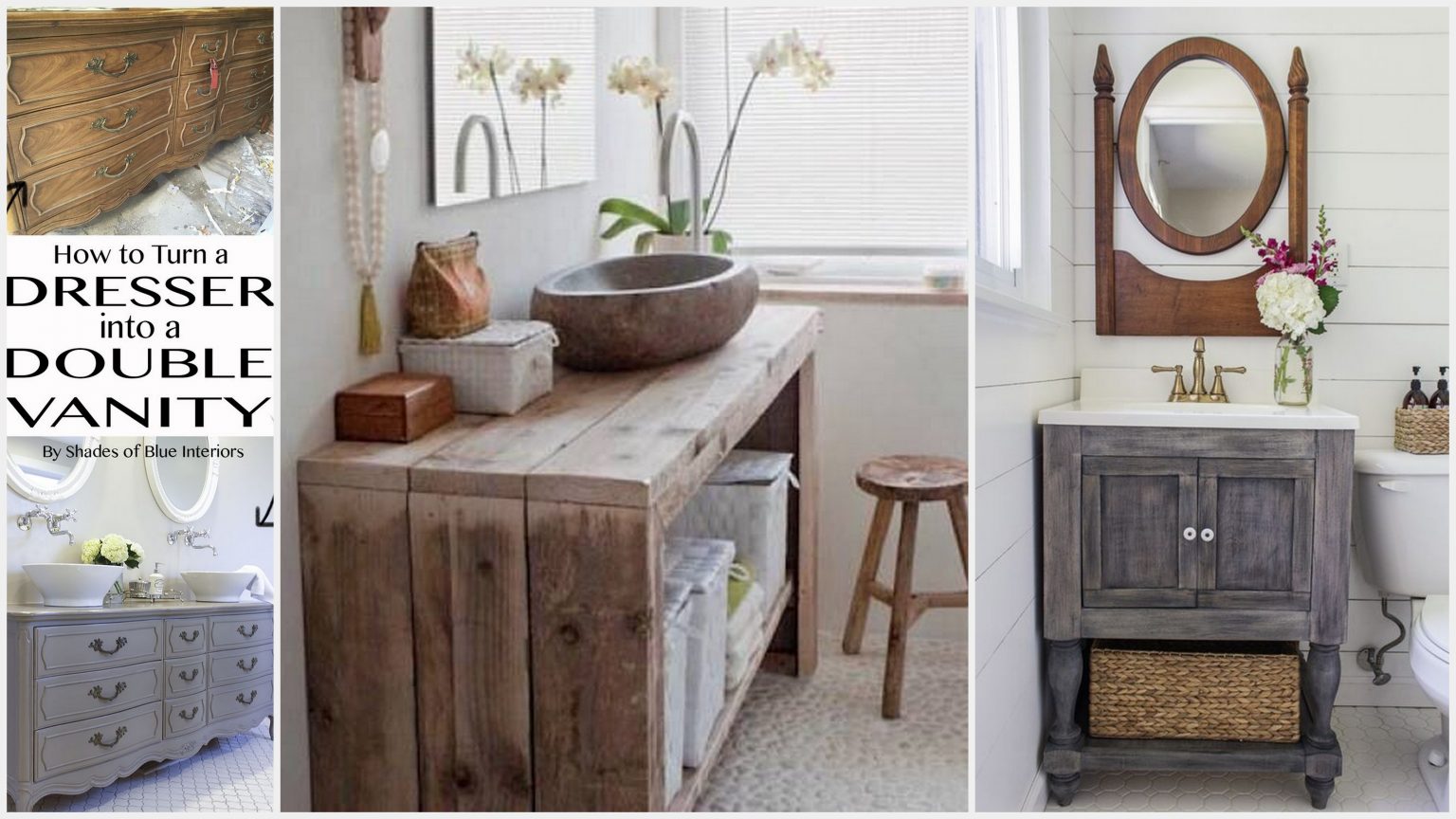

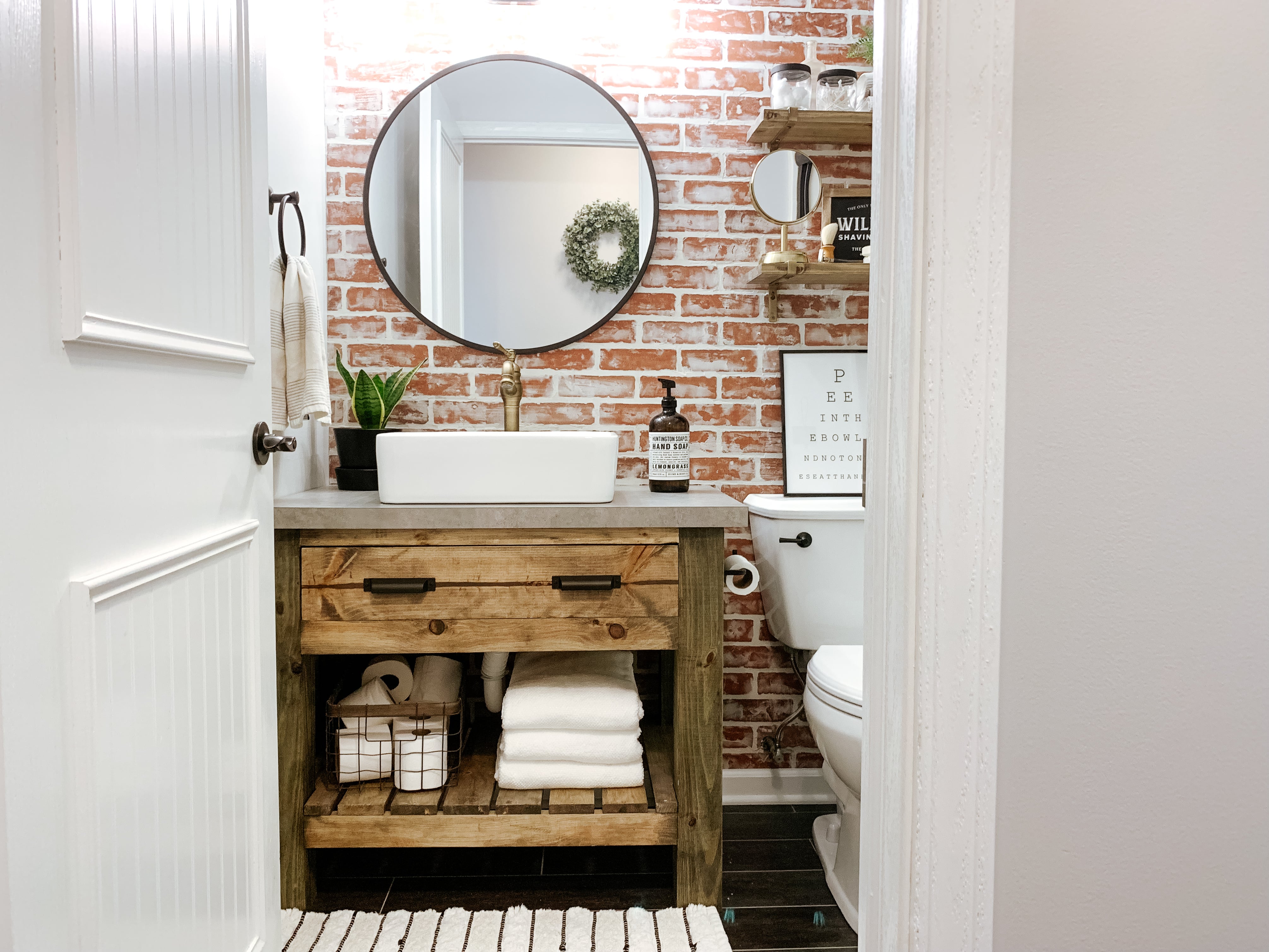
/cherry-diy-bathroom-vanity-594414da5f9b58d58a099a36.jpg)



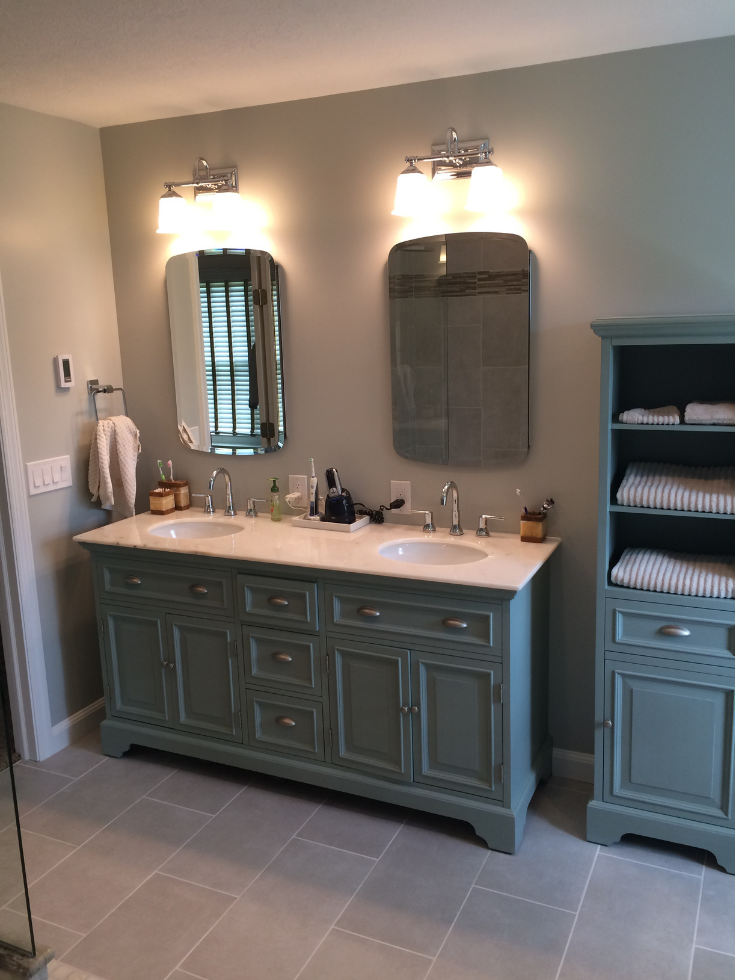


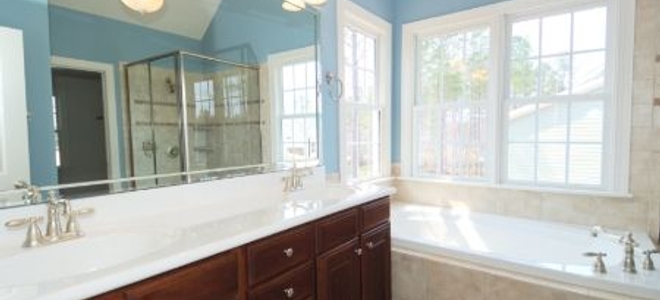
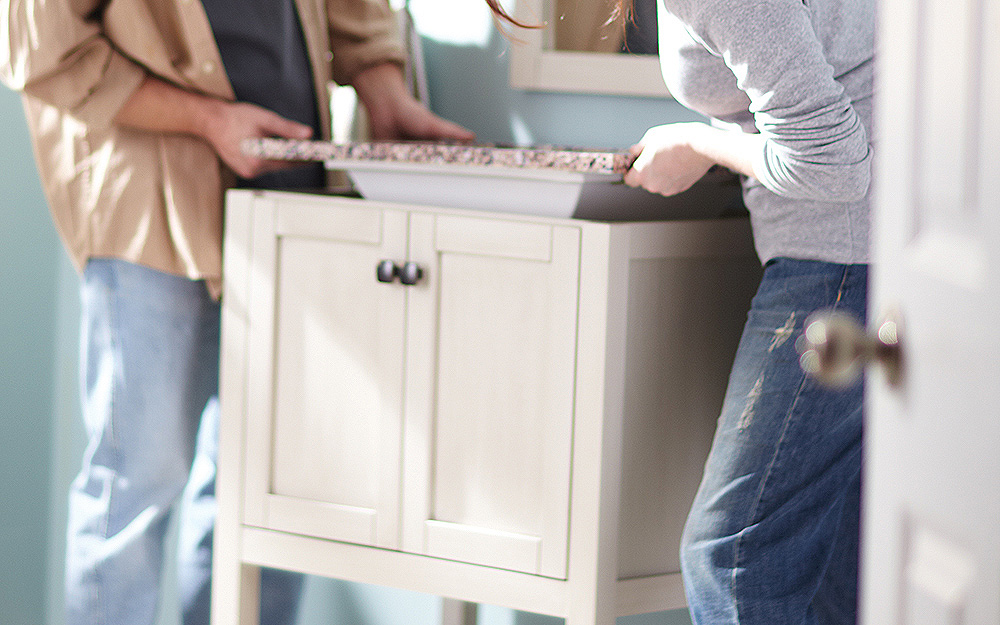
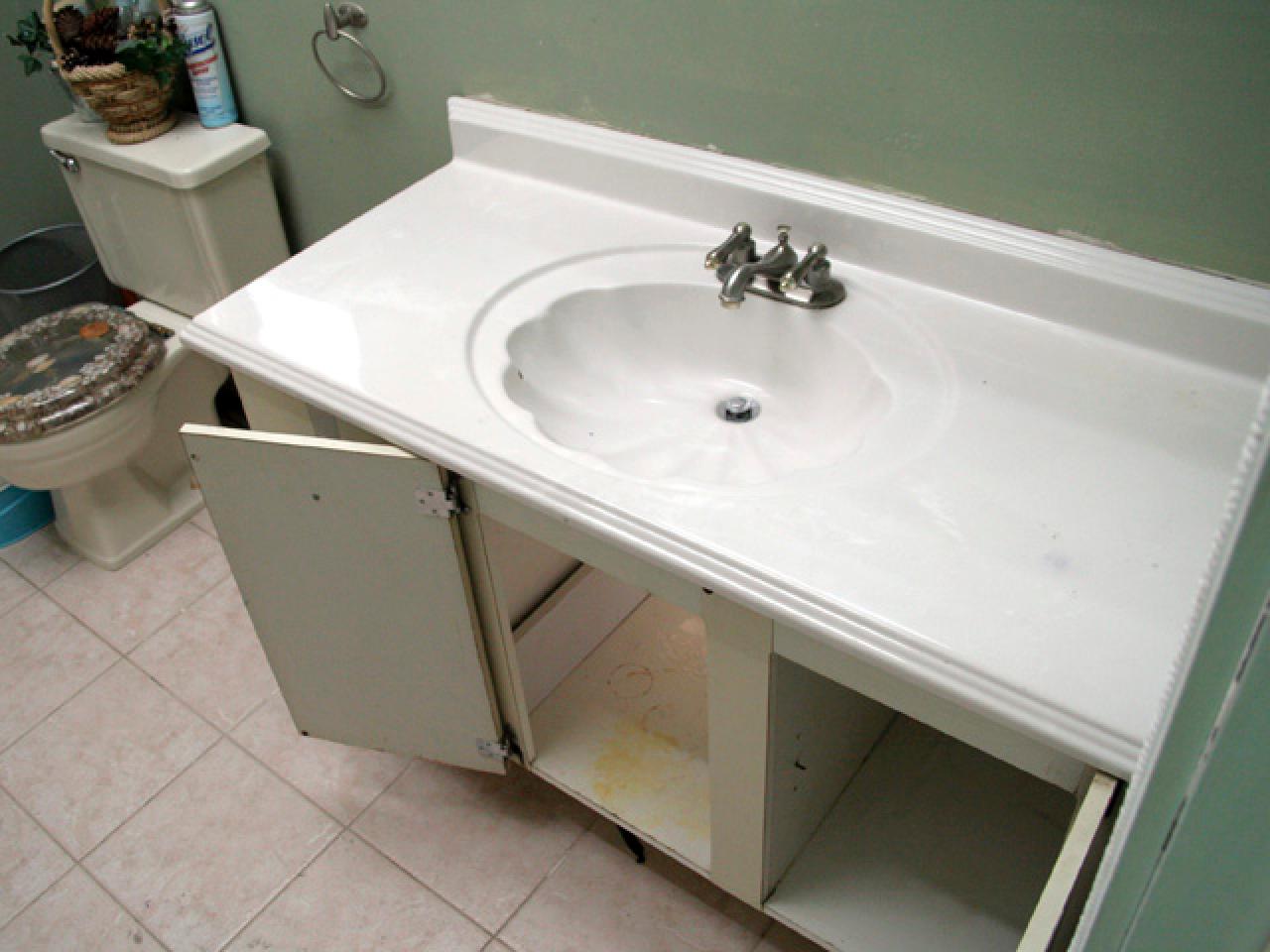






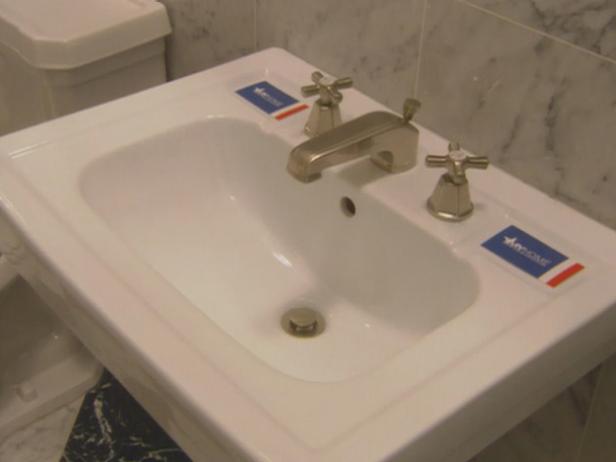
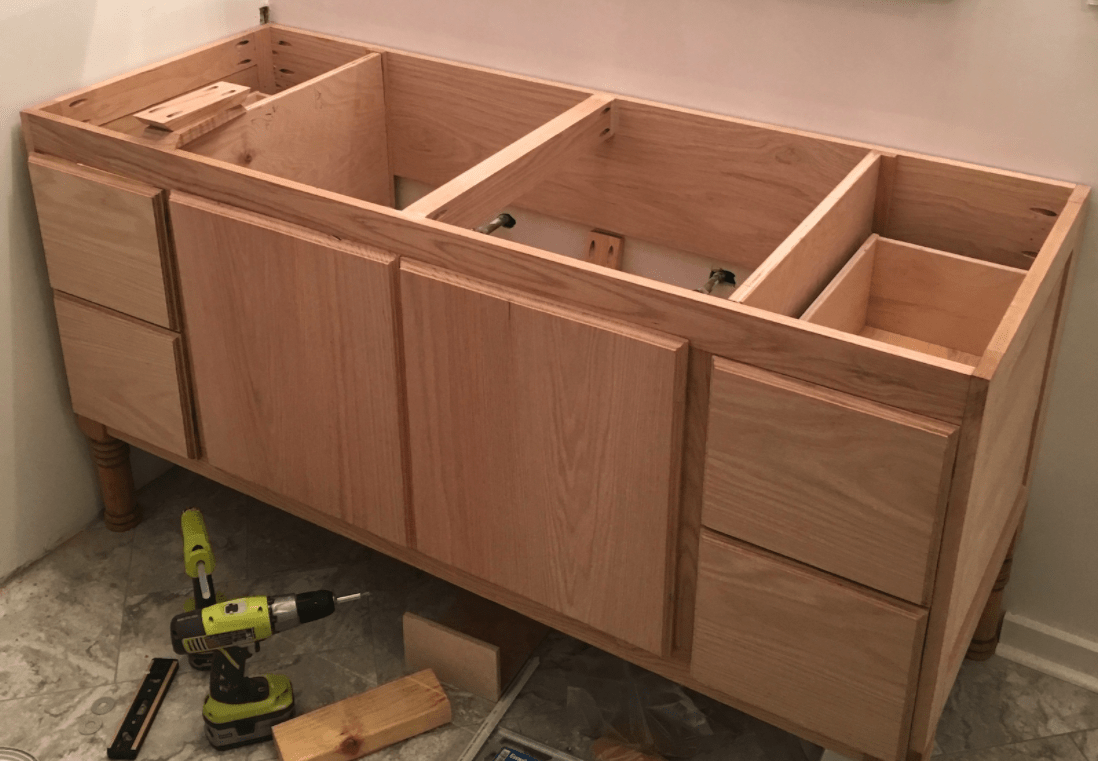



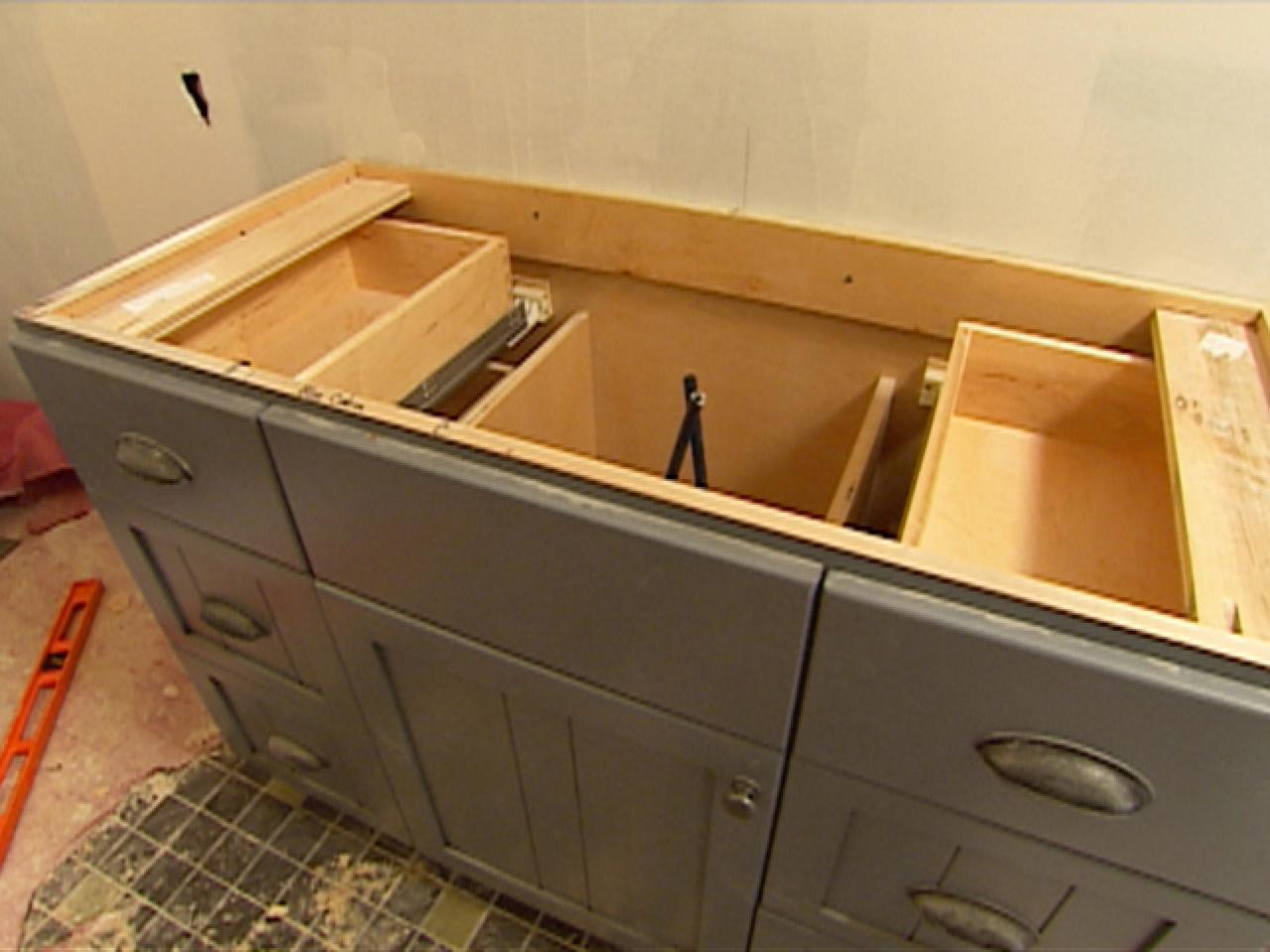



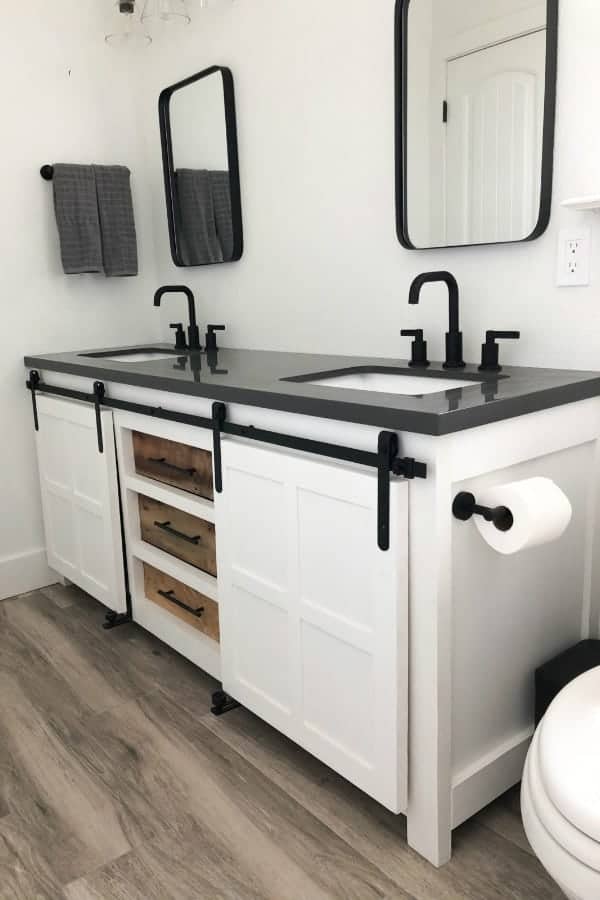
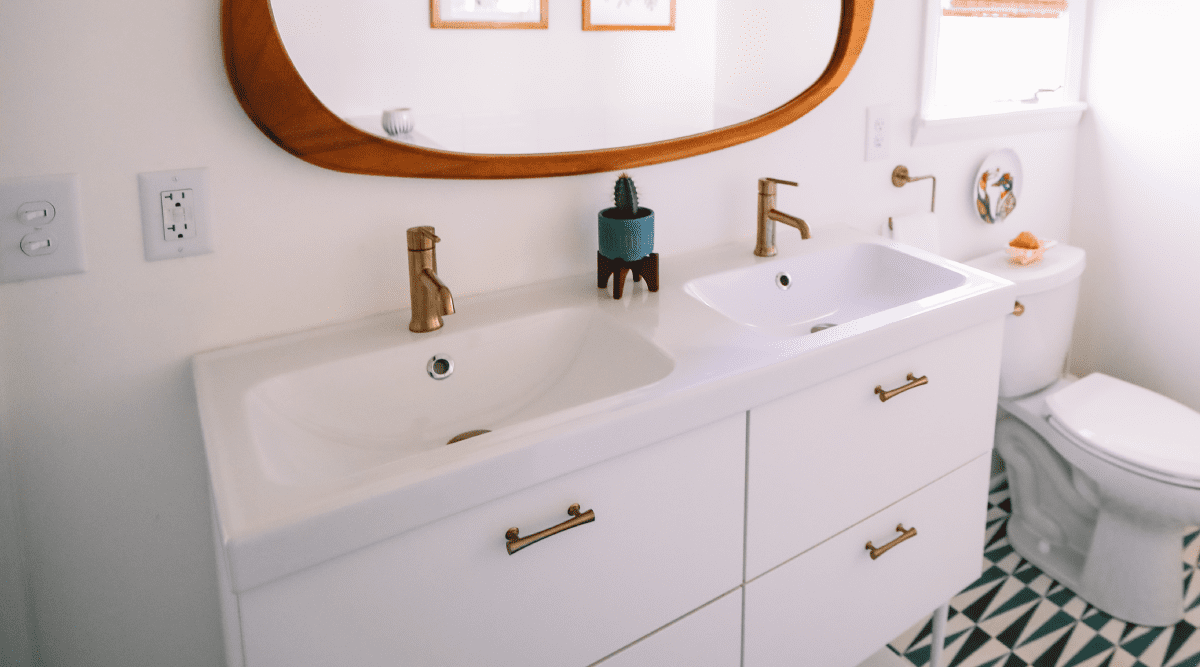

:max_bytes(150000):strip_icc()/build-something-diy-vanity-594402125f9b58d58ae21158.jpg)




